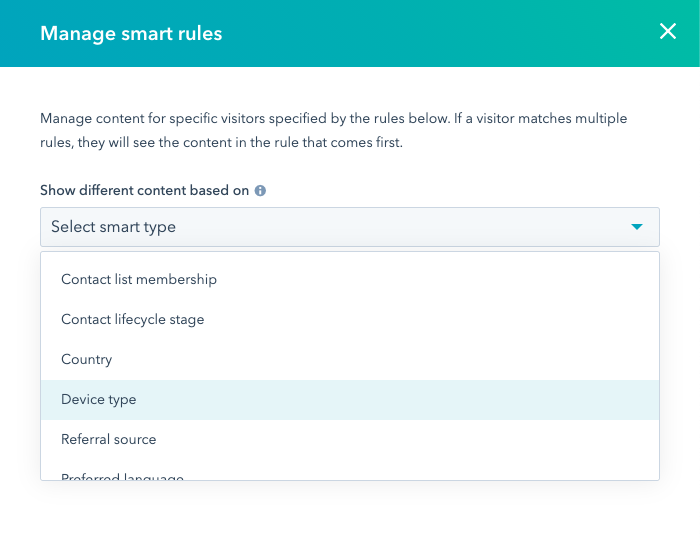
What Marketers Need to Know About Dynamic Content
What Marketers Need to Know About Dynamic Content https://www.simplifiedb2b.com/wp-content/uploads/2022/03/DYANMIC-CONTENT-1024x536.png 1024 536 sb2b sb2b https://secure.gravatar.com/avatar/444797f1372f04ffbeae802072828b60fe4345071916a400722cadac4681aad4?s=96&d=mm&r=g- sb2b
- no comments
Dynamic content is a portion of a website where different things will be displayed based on a variable, such as user information or URL.
“At the most distilled point, you are changing something on your website based on a variable, whether that’s coming from a contact or a definition you set up within the CMS, and it’s a way you can customize your website with a far less intensive lift on your end as the website manager or marketing team,” says Web Strategy Technical Lead Adam Kinsella. “It reduces some of the legwork that’s required to make your website really personal.”
By using dynamic content, a brand new visitor, a qualified lead and a customer could all see different information when arriving on your homepage. Instead of having to create three separate variations of that page, you can just have one page that will adapt what’s displayed based on user data.
How Dynamic Content Works in HubSpot
In HubSpot, there are two main ways to leverage dynamic content: HubDB tables and smart content.
The primary benefit of dynamic content created through HubDb is that it’s easier for marketers to create and maintain a large number of similar pages or modules. The primary benefit of smart content is that it’s easier to serve visitors with a personalized experience.
Smart content
Smart content uses information a browser knows about the visitor to alter what’s displayed on a website. This can be information that’s stored about a user in a CRM, or it can be things like device type, geographic location and referral source.
Smart content allows you to automatically show visitors the information that’s most relevant to them.
For example, you can use smart content to adapt the logos and testimonials used as trustmarks based on the visitor’s geographic location.

“This is super helpful for companies that have global reach, and it might be more impactful to show [visitors] companies that they might recognize,” Adam says.
Or, if you have a regionality to your products or services, you can ensure that only the applicable products to the visitor are displayed in your navigation, so someone doesn’t evaluate an offering they wouldn’t be able to purchase.
You can also set up smart content based on lifecycle stage and past behavior in order to assist with nurturing.
“It’s really good for sections where we’re featuring an asset or something to download. We can write a rule that if the user has downloaded that previously, we’ll show a new asset to them instead,” Adam says.
Similarly, if you know what buyer persona a visitor aligns with, you can use smart content to prioritize showing them offers that address their pain points.
- Posted In:
- Uncategorized

Leave a Reply